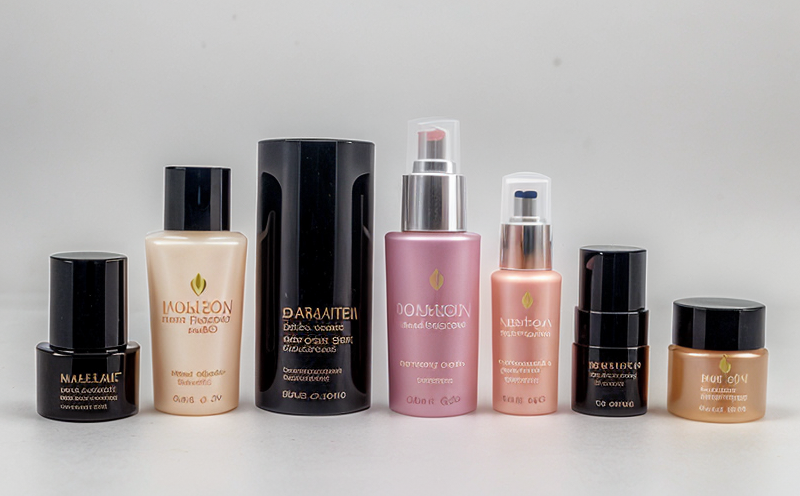Permeability Testing of Cosmetic Packaging
The integrity and safety of cosmetic products are paramount in the cosmetics industry. Ensuring that packaging does not compromise the quality, efficacy, or safety of a product is crucial for maintaining consumer trust and regulatory compliance. Permeability testing plays an essential role in assessing how different materials interact with the contents they contain.
Permeability refers to the ability of a material to allow substances such as gases, liquids, or other components to pass through it over time. This can be particularly critical for cosmetic packaging, where interactions between the product and its container could lead to degradation, contamination, or loss of efficacy. For instance, certain ingredients in cosmetics may react with metals in metal containers, leading to discolouration or product spoilage.
The permeability test focuses on evaluating the extent to which a specific material allows certain substances to pass through it under controlled conditions. This testing is not only about ensuring that the packaging does not adversely affect the product but also that the product remains safe and effective for consumers.
Testing methods vary depending on the type of permeation, whether it be gas, liquid, or solvent transfer. The tests are often conducted using standardized procedures outlined in international standards such as ISO 15106-2, which provides guidelines for the permeability testing of packaging materials used for food and beverages.
The process typically involves placing a sample of the packaging material between two chambers containing known concentrations of the substance to be tested. One chamber contains the test substance, while the other is at a lower concentration or vacuum. Over time, the test measures how much of the substance passes through the packaging from one side to the other.
For cosmetics, it's not just about preventing contamination but also ensuring that the product maintains its intended properties over extended periods. This includes preserving fragrance, colorants, and active ingredients. The results help in selecting appropriate materials for packaging, optimizing storage conditions, and enhancing overall product quality.
The importance of permeability testing extends beyond mere compliance with regulations; it directly impacts consumer satisfaction and brand reputation. A poorly designed or inadequately tested package can lead to complaints about product integrity, which not only reflects poorly on the company but also increases costs related to returns and replacements.
Applied Standards
| Standard | Description |
|---|---|
| ISO 15106-2 | Guidelines for the permeability testing of packaging materials used in food and beverages. |
| ASTM F739 | Standard test methods for determining the rate of migration of flavoring agents into water from containers made of paper or paperboard. |
| EN 12045-1 | Specification and methods for permeability testing of plastic materials used in food packaging. |
| IEC 60695-8-13 | Standard test methods for determining the rate of migration of organic compounds from plastic materials into liquid media. |
Benefits
- Ensures product integrity and safety over extended storage periods.
- Avoids potential contamination risks from packaging materials.
- Optimizes the selection of appropriate packaging materials for different cosmetic products.
- Reduces costs associated with returns, replacements, and recalls due to compromised products.
- Enhances brand reputation by maintaining high-quality standards in product delivery.
- Complies with regulatory requirements ensuring safe handling and use of cosmetic products.
- Promotes sustainable practices through the efficient use of resources and minimization of waste.
Environmental and Sustainability Contributions
The results from permeability testing contribute significantly to reducing environmental impact by helping manufacturers choose more sustainable materials. By ensuring that packaging does not leach harmful substances into the environment, companies can promote a cleaner production process.
Moreover, understanding how different materials interact with cosmetic products allows for better design of eco-friendly packaging solutions. This can include using recycled or biodegradable materials where appropriate. Such advancements in sustainable practices help brands meet growing consumer demand for environmentally responsible products.
The testing also aids in reducing waste by optimizing the thickness and type of material used, thereby minimizing unnecessary resource consumption while maintaining product integrity. This balance between environmental responsibility and product quality is vital for long-term success in the cosmetics industry.





